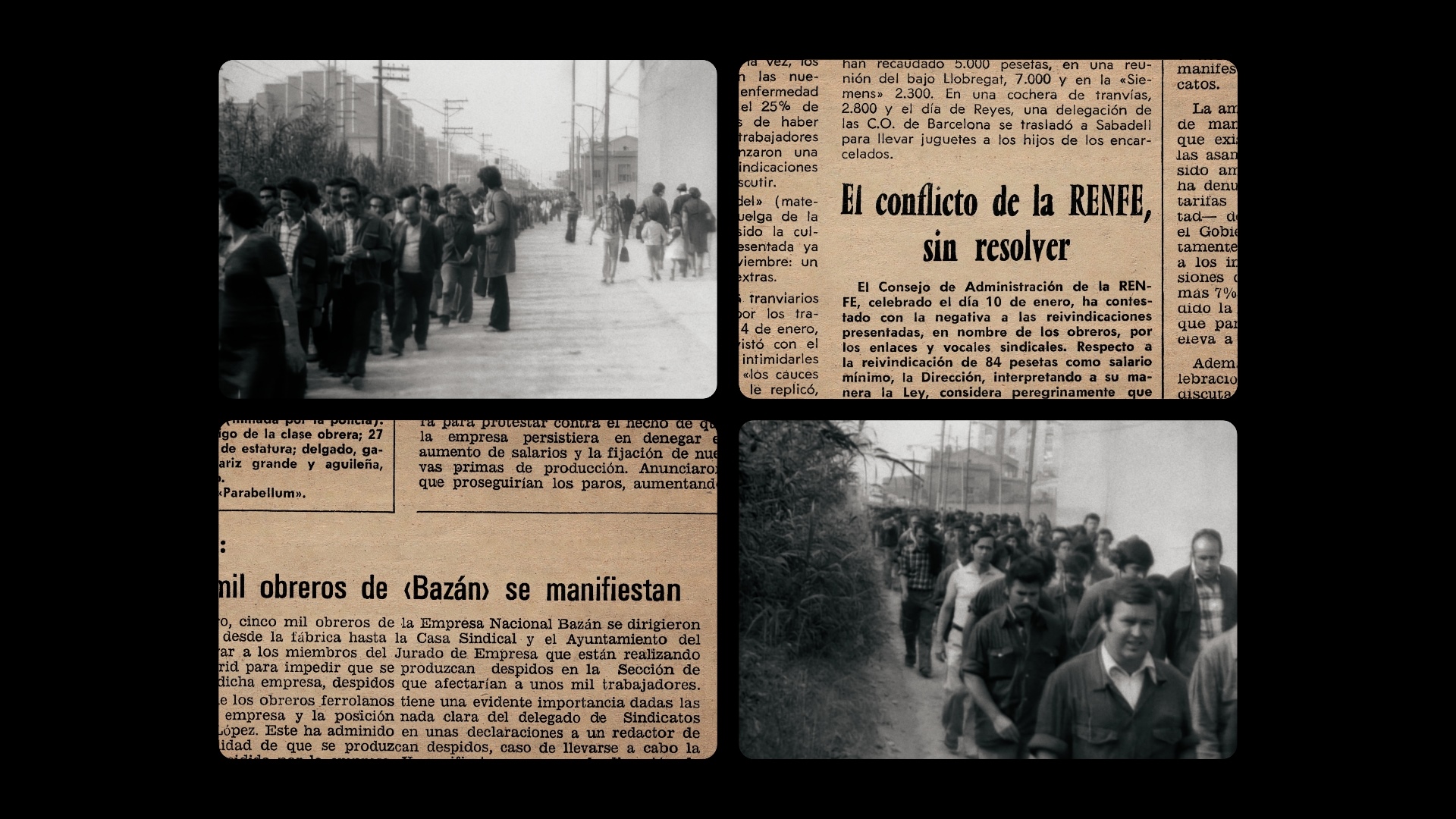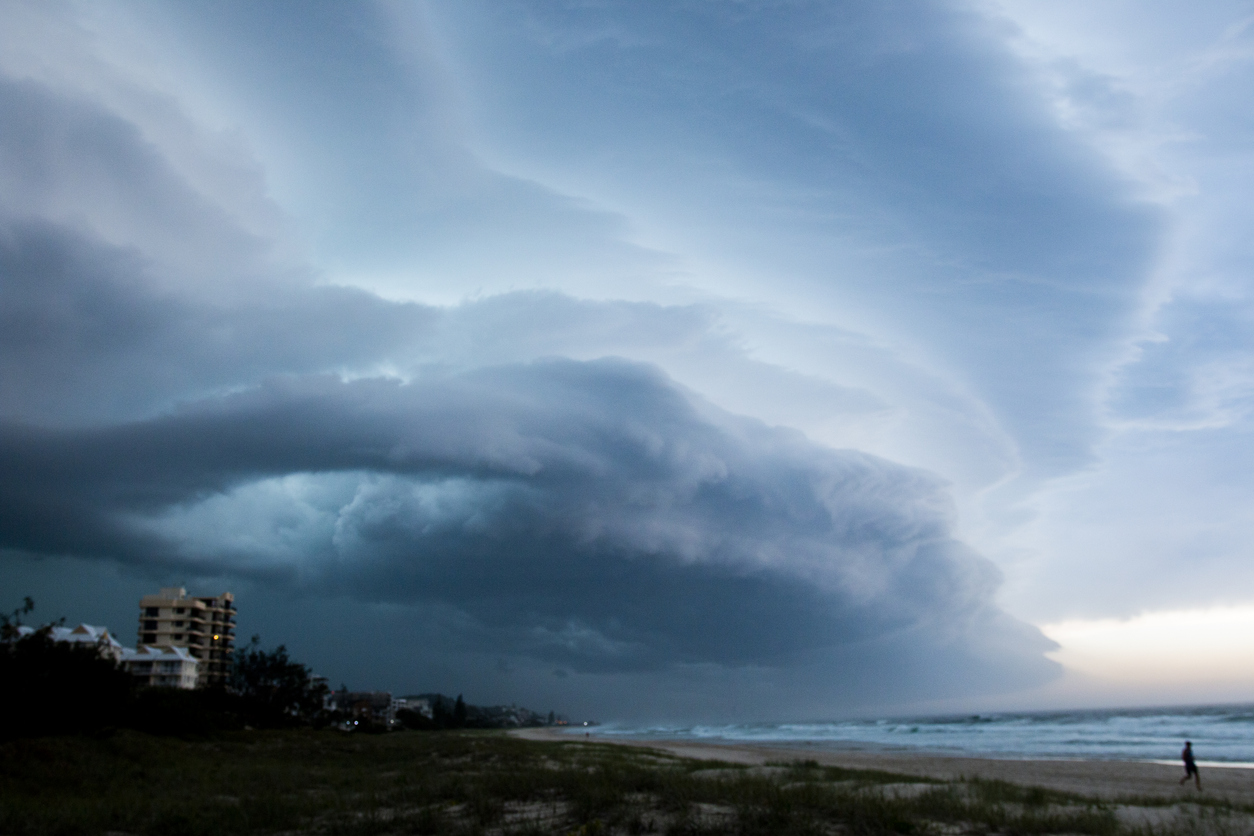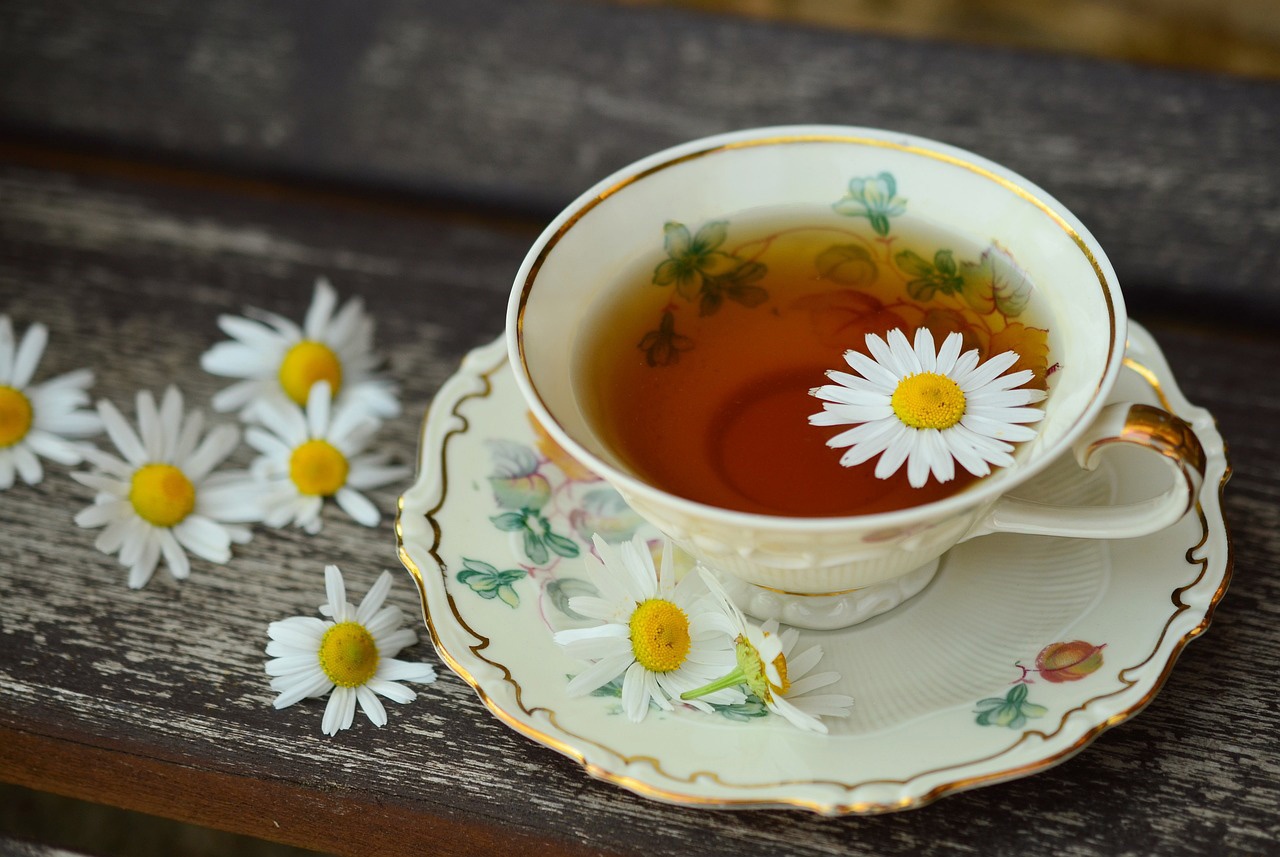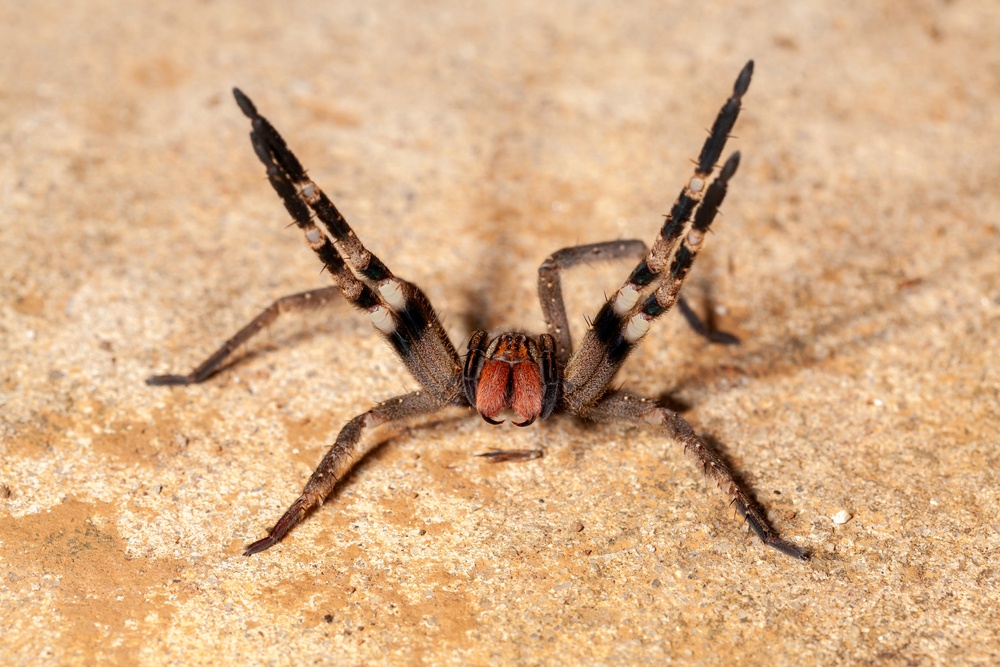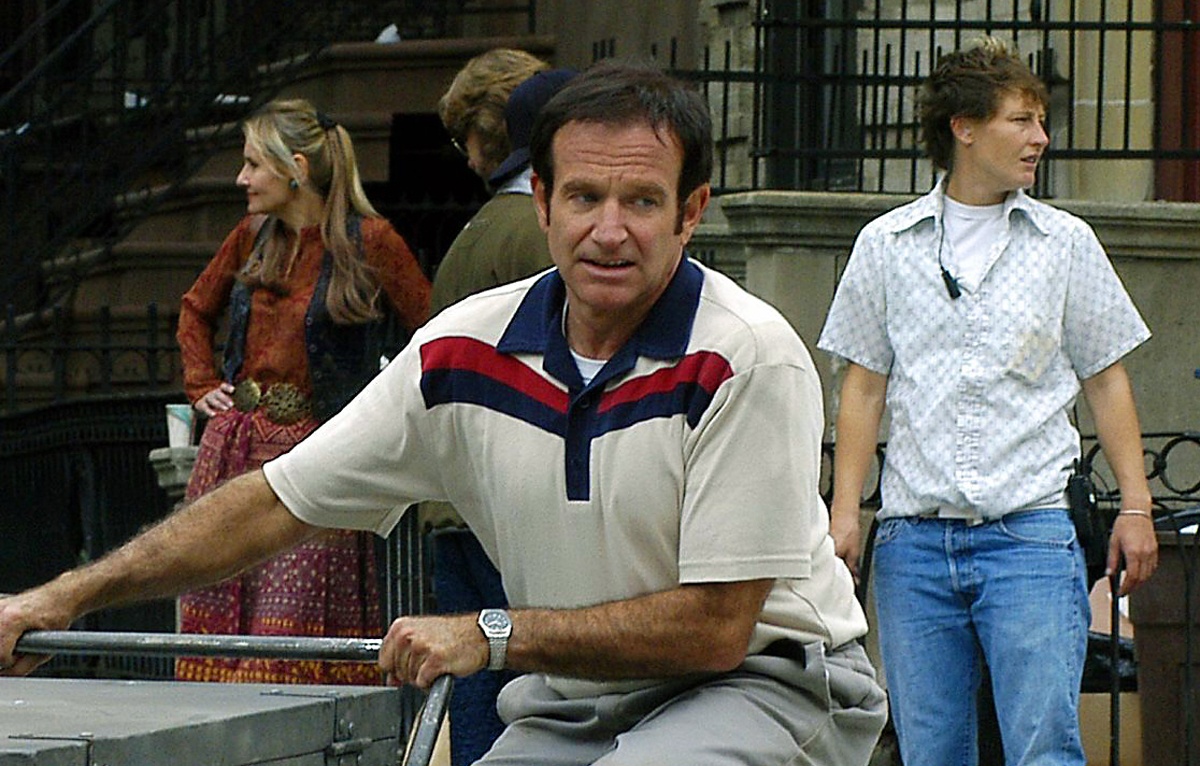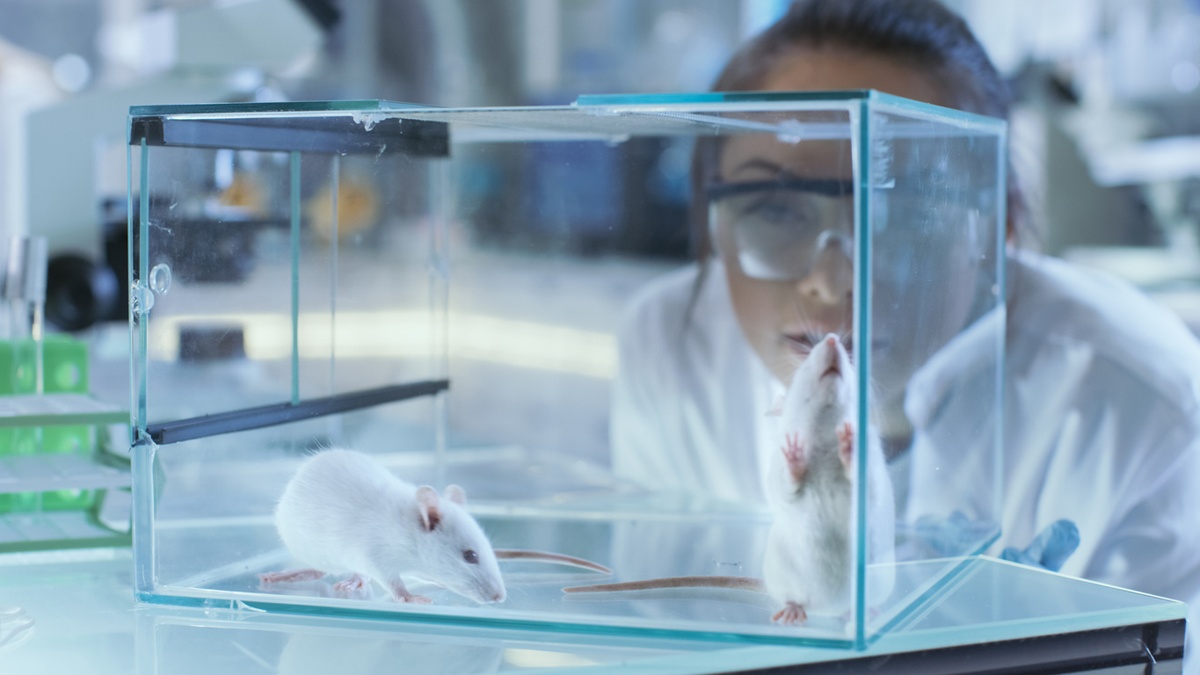
Gel-based drug creates drug that stops brain tumors in mice
A team of researchers at Johns Hopkins University has created a gel that cured 100% of mice with glioblastoma, an aggressive brain cancer that is among the most lethal and common brain tumors in humans. The gel is formed from a solution that combines an anticancer drug and an antibody, and self-assembles to fill in the tiny grooves left after surgical removal of the brain tumor. The gel can reach areas that surgery cannot reach and destroy lingering cancer cells, suppressing tumor growth. In addition, the gel appears to trigger an immune response that the mouse body has difficulty activating on its own to fight glioblastoma.
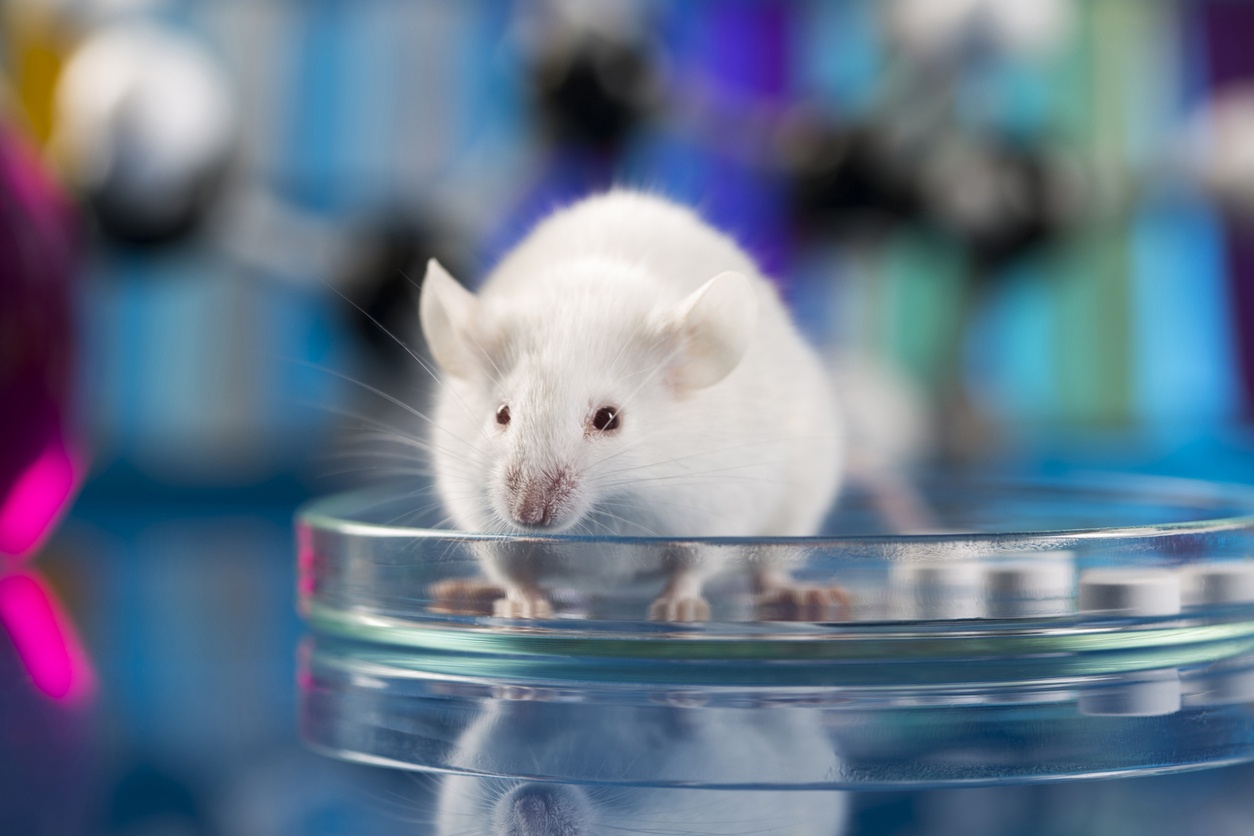
New hope for glioblastoma patients
The use of this gel offers new hope for patients with glioblastoma, as current treatment remains insufficient. Surgery is essential in this approach, according to the researchers, as application of the gel directly into the brain without surgical removal of the tumor resulted in a 50% survival rate. The gel solution consists of nanometer-sized filaments made of paclitaxel, a drug approved for breast, lung and other cancers, and an antibody called aCD47.
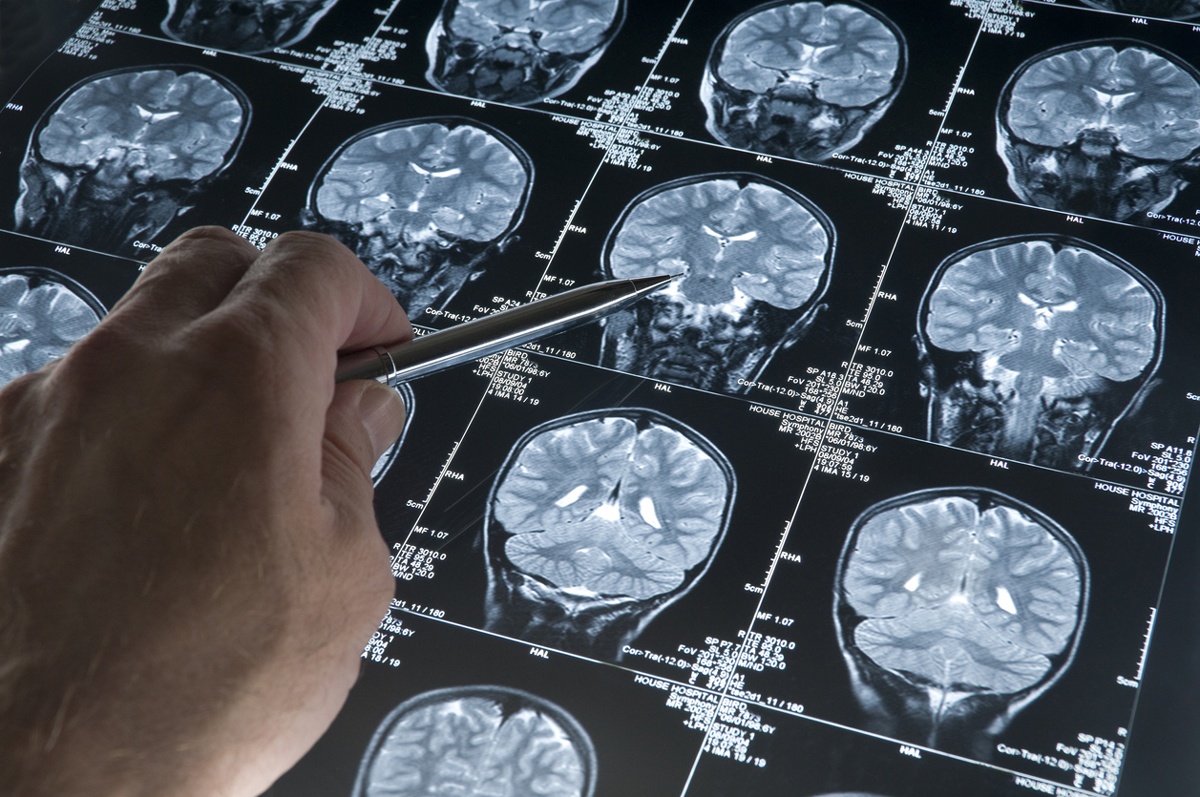
One of the most difficult obstacles in research
The research team attempted to overcome one of the most difficult obstacles in glioblastoma research by using this specific antibody that targets macrophages, a type of cell that sometimes boosts immunity but sometimes protects cancer cells, allowing aggressive tumor growth. They also noted that this gel not only repels cancer, but also helps to rewire the immune system to prevent its recurrence through immunological memory.
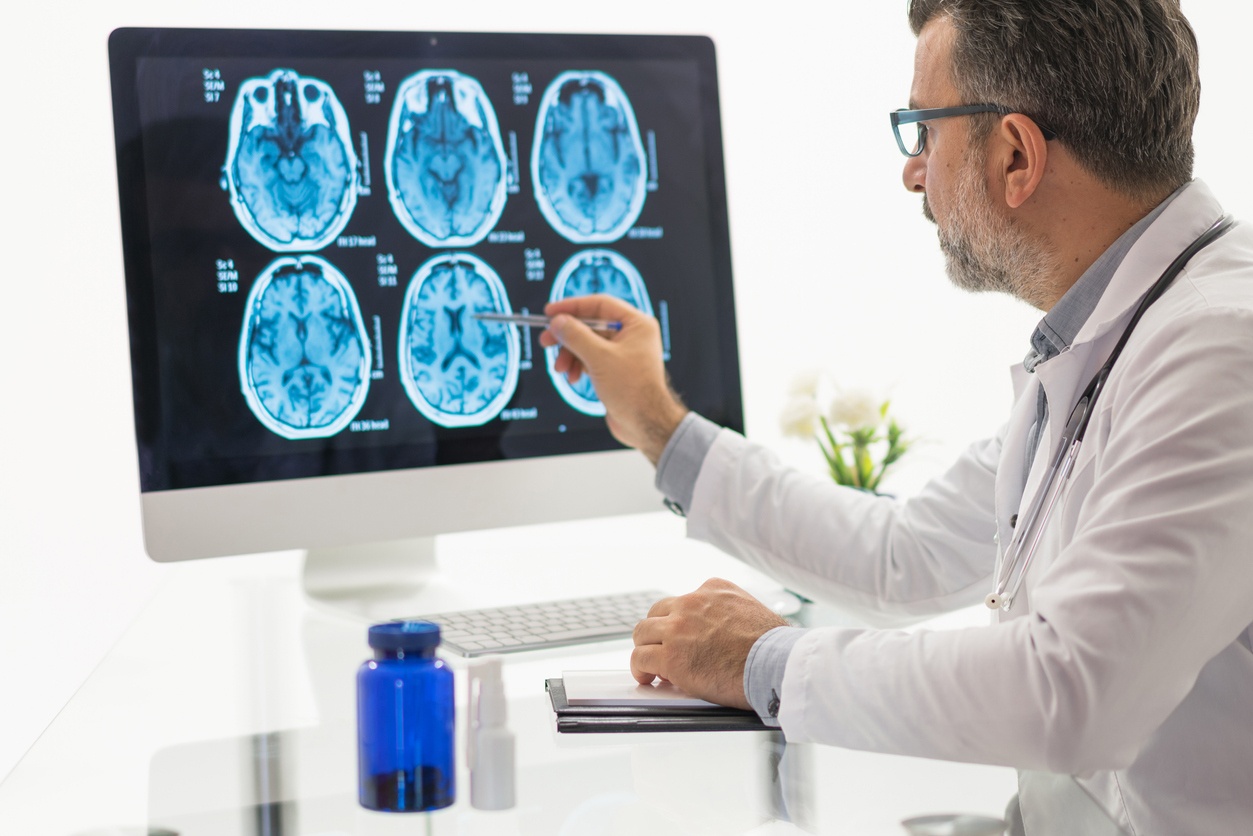
A combination of therapies, chemotherapy and intracranial immunotherapy
Although glioblastoma has been difficult to treat, one of the gold standard therapies for this disease is a wafer called ‘Gliadel’. The new gel has a combination of therapies, chemotherapy and intracranial immunotherapy, which is difficult to administer simultaneously due to the molecular composition of the ingredients.
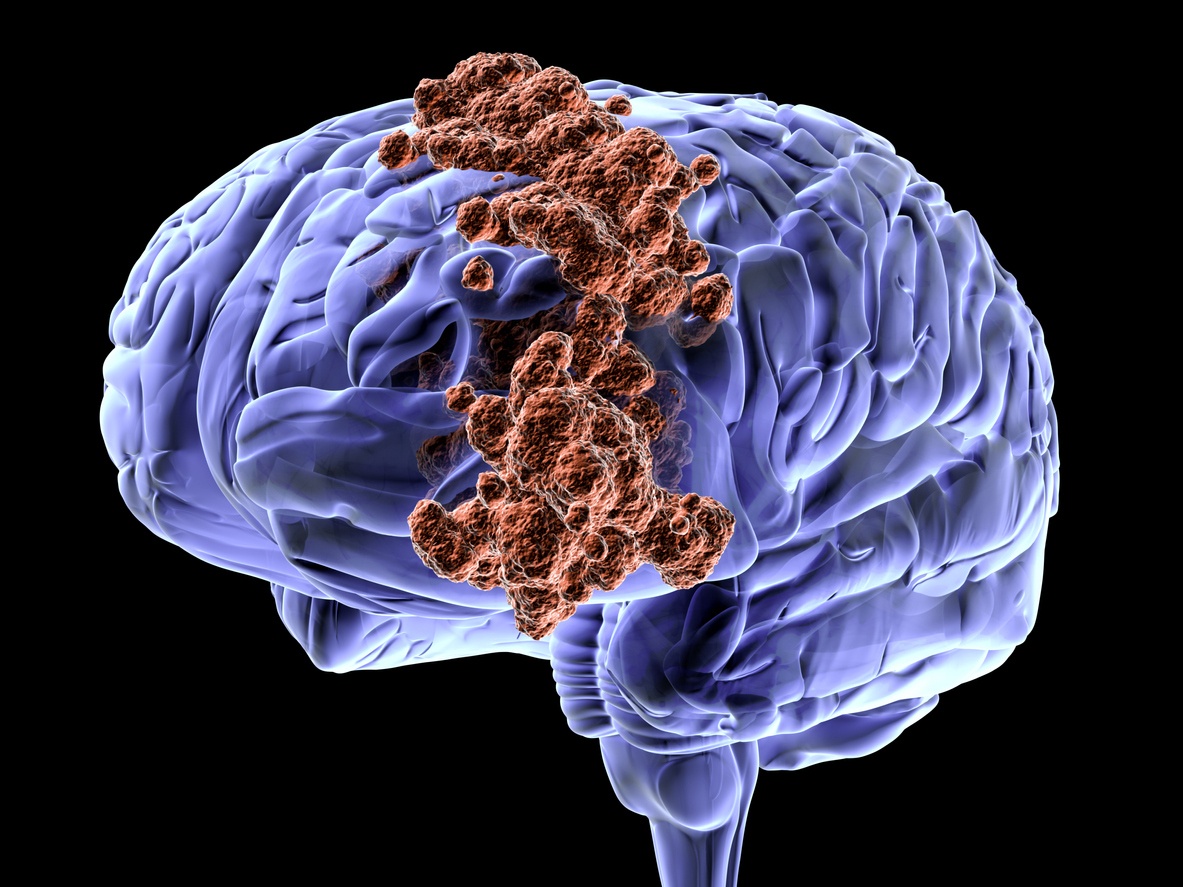
The most impressive results seen by researchers
The results obtained with the new gel are among the most impressive the Johns Hopkins University research team has seen, according to Betty Tyler, co-author and associate professor of neurosurgery.
